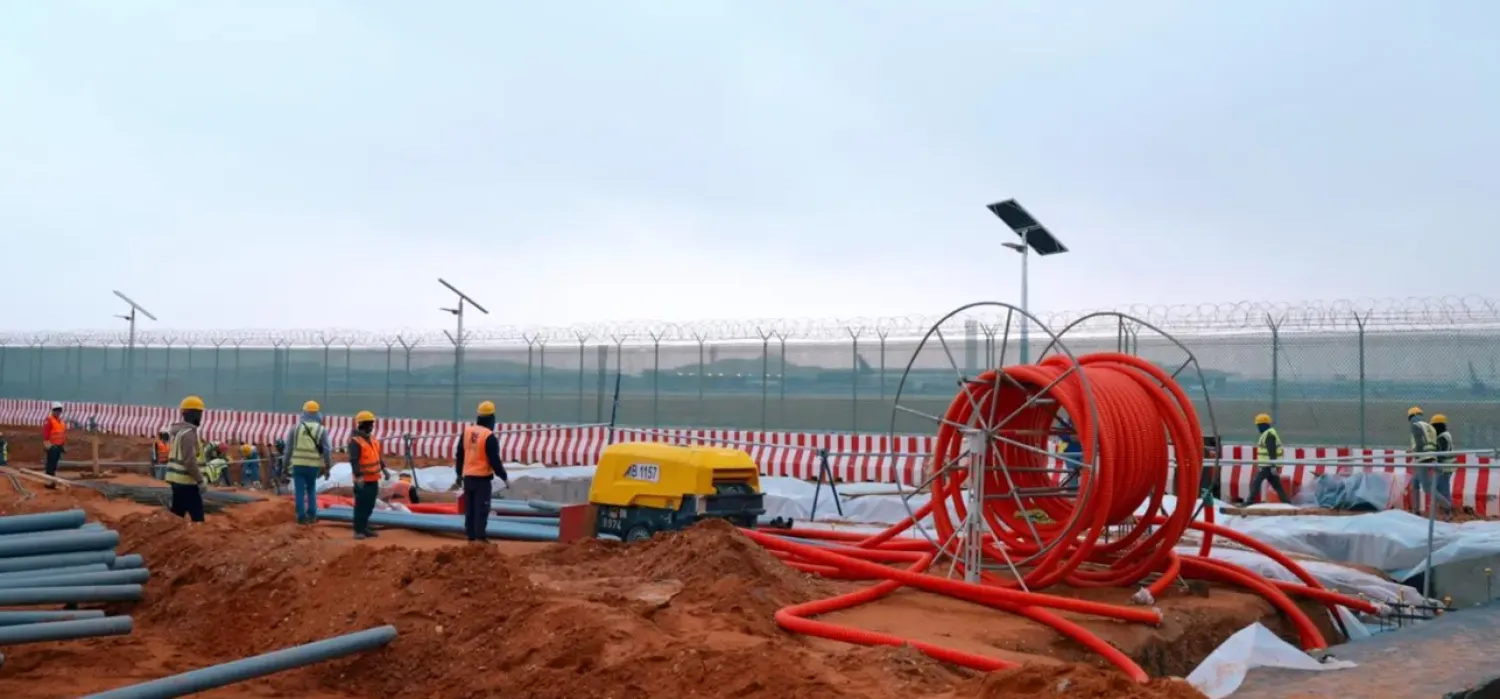Standard & Poor’s (S&P) maintained its credit rating for Saudi Arabia in local and foreign currencies at A/A-1 with a stable outlook, which it attributed to its expectations of the continuation of the government’s reform agenda in developing the non-oil sector, in addition to efforts to manage public finances and preserve a balanced level of public debt.
The agency said that the Kingdom would likely achieve annual growth in the next three years at a rate of 3.4 percent, supported by the expected high demand for oil and the noticeable growth in the non-oil sector. It added that inflation in Saudi Arabia has remained largely under control, noting that it was expected to reach 2.7 percent in 2023, and an average 2.3 percent in 2024-2026.
In its report, Standard & Poor’s said its rating is based on the country’s sustainable reform momentum in recent years, which included measures to enhance non-oil economic growth, supported by non-oil investments led by the Public Investment Fund (PIF), the expansion the non-oil tax base, and the large social liberalization.
“Reforms in the past few years, including measures to drive non-oil economic growth and widen the non-oil tax base, alongside significant social liberalization, should continue to improve Saudi Arabia’s economic and fiscal profile,” said S&P Global in the report.
The agency, however, said the Kingdom is expected to achieve a 0.2 percent growth in its gross domestic product for the current year, as a result of global economic conditions, including a slow recovery in China, which led to weak global oil demand in late 2022 and early 2023. On the other hand, it stressed that this decline in production is partially compensated for by the strong growth of non-oil GDP.
The S&P Global report pointed to Saudi Arabia’s continued efforts in recent years and its structural improvements that supported the sustainable development of the non-oil sector. It added that the Kingdom’s prudent management of public finances and maintaining a balanced public debt level have also contributed to this rating.
Standard & Poor’s expected the budget to return to achieving surpluses averaging 1 percent of GDP between 2024 and 2026 after a deficit in 2023, due to the reduction in oil production. It also said the total general government debt is likely to reach an average of 25 percent of GDP in 2023-2026.









